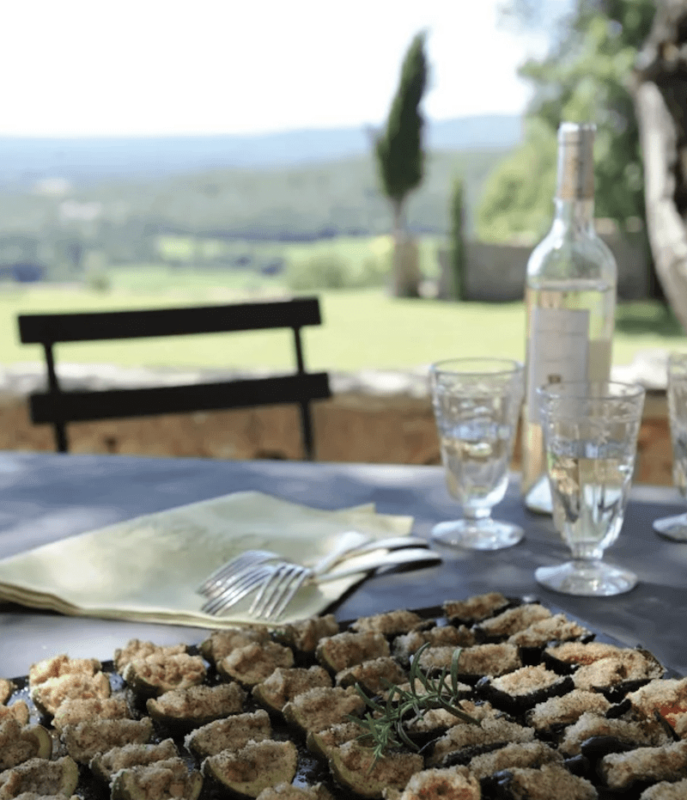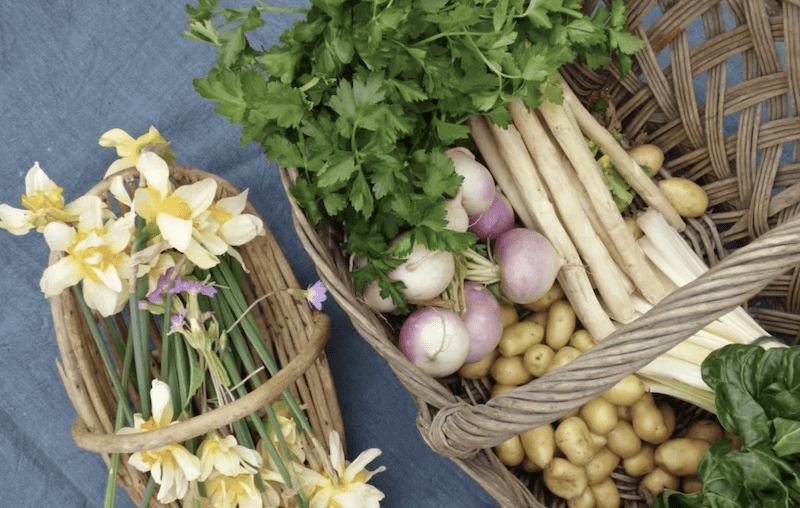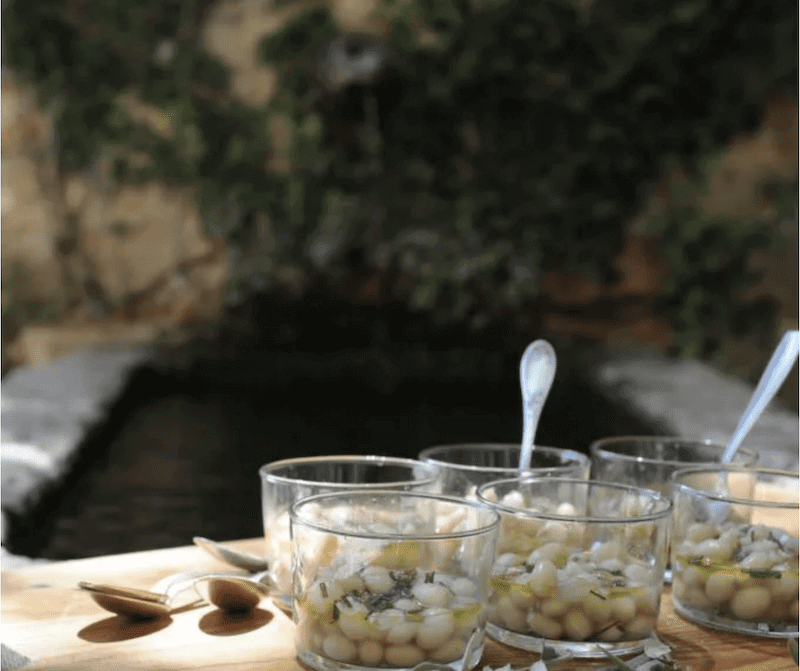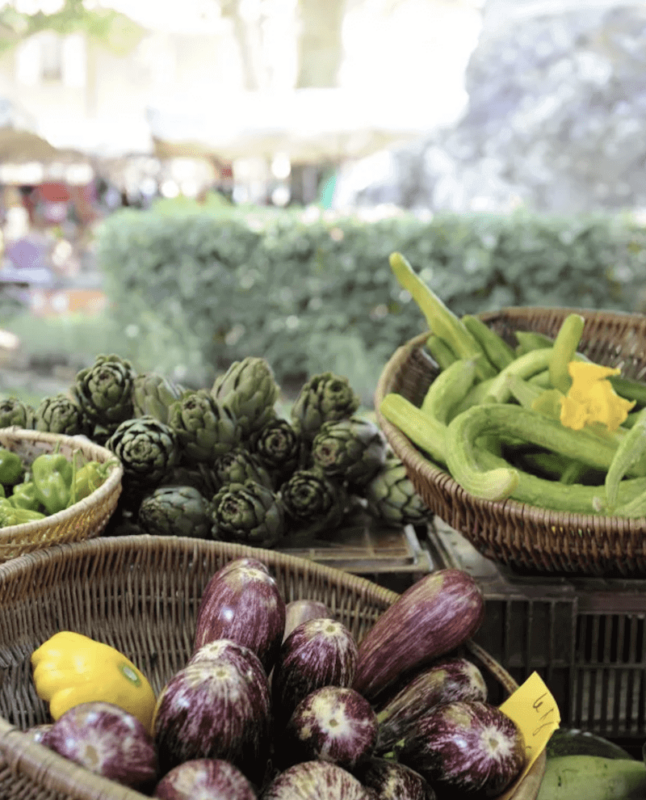For a limited time! FREE SHIPPING ON ORDERS OVER $300 (Only applicable for North America and Europe)
Across every culture, food is more than fuel—it’s tradition, connection, and joy. And with food comes the rituals that surround it: the table settings, the courses, the conversation… and of course, the phrases we say before we take our first bite.
One of the most iconic? The French expression: “Bon Appétit.” Whether you’ve heard it on TV or at a chic Parisian café, this simple phrase carries centuries of tradition, elegance, and meaning.
So where did it come from? And why do we still say it today? Let’s dive into the rich origins of Bon Appétit—a phrase that continues to flavor tables around the world.

To understand the origins of the phrase “bon appétit,” we must start where all good meals begin — in France. Literally translating to “good appetite,” it’s more than just a casual wish. It’s an invitation to slow down, savor, and enjoy the moment. French cuisine, renowned for its reverence for ingredients, artful technique, and refined table etiquette, gave the world this charming phrase as a reflection of its cultural devotion to mealtime.
But this lovely sentiment predates modern France. Long before “bon appétit” became synonymous with French elegance, ancient civilizations also offered blessings before a meal — a universal gesture of hospitality and gratitude that transcended languages and borders.

While “Bon appétit” is uniquely French in its phrasing, the sentiment it carries has deep roots across cultures. Long before the phrase became a French staple, civilizations from Ancient Greece to Medieval Europe had their own ways of invoking blessings before a meal. The Greeks would appeal to gods like Zeus for a favorable feast, while Europeans used Latin expressions like Benedicite to bless the food and those gathered. These customs—rich in symbolism and warmth—evolved into cultural cornerstones of dining etiquette. Over time, “Bon appétit” rose to represent the French style of mealtime well-wishing, joining a global tradition of gratitude and shared joy around the table.


As Bon appétit traveled beyond France, it found linguistic cousins across cultures. In Spain, it became Buen provecho. In Italy, Buon appetito. While each phrase reflects the flavor and rhythm of its own culture, they all serve the same purpose — a warm, universal invitation to enjoy a meal together.
These phrases are more than polite formalities. They’re cultural rituals. In every region, the words spoken before a meal are a reflection of tradition, family, and the simple joy of gathering around good food. Whether you’re sharing tapas in Madrid or pasta in Naples, the sentiment rings clear: eat well, and enjoy every bite.

In today’s food-obsessed world—where cooking shows stream 24/7 and recipes trend on TikTok—Bon appétit has earned a seat at every table. No longer reserved for elegant French restaurants, the phrase has become a global gesture of culinary camaraderie. Whether you’re plating up coq au vin or tossing together a quick salad, saying Bon appétit adds a touch of warmth and celebration to the moment.
Its seamless integration into English and pop culture highlights how deeply French food traditions have influenced how we eat—and how we talk about eating. And honestly, what better way to honor the joy of a good meal than with a little French flair?
Be sure to reserve one of our August Boxes curated around the theme Bon Appétit! This Box will be filled with luxurious items that you can use in and around your kitchen. To get yours, click HERE
Written by Sarah Nusz